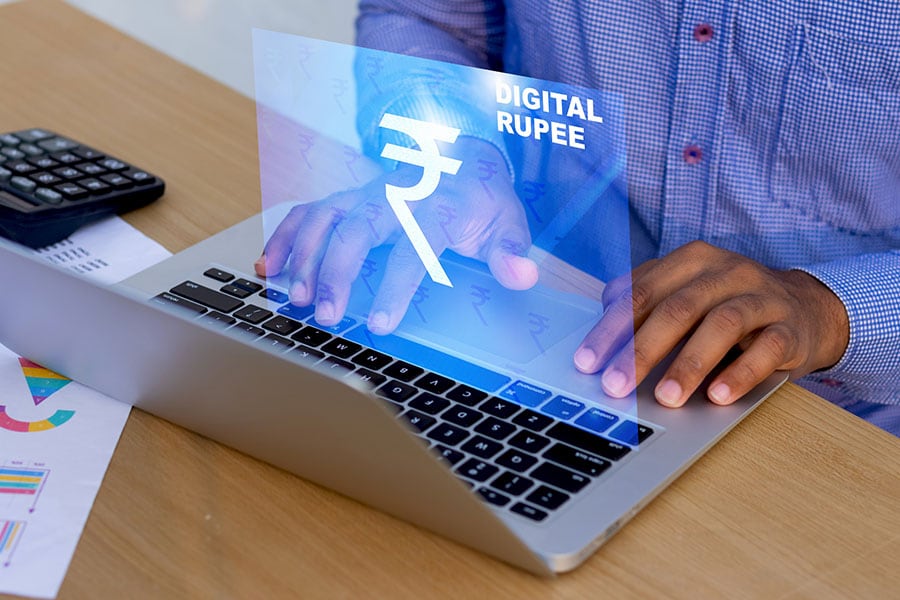
Explained: How a digital rupee can revolutionise cross-border payments
International transactions in the rupee will reduce the risk of currency volatility for Indian businesses, while making the rupee globally acceptable for payments
 India is talking to several central banks across the globe to promote cross-border payments using the Central Bank Digital Currency (CBDC)
Image: Shutterstock
India is talking to several central banks across the globe to promote cross-border payments using the Central Bank Digital Currency (CBDC)
Image: Shutterstock
Last year, the Reserve Bank of India (RBI) allowed the settlement of international trade transactions in rupees for countries importing from India. It is now in talks with more central banks across the globe for cross-border payments. These steps are making the rupee more ‘internationally’ acceptable in trade and remittances. It is also creating an ecosystem where countries create alternative currencies for transactions, without being too dependent on the dollar for international trade.
RBI Governor Shaktikanta Das, who was recently awarded ‘Governor of the Year’ at London's Central Banking Awards, said India is talking to several central banks across the globe to promote cross-border payments using the Central Bank Digital Currency (CBDC). While India’s pilots with both retail and wholesale CBDC payments have been successful, the move to use it for cross-border transactions will help resolve existing challenges that companies face.
Why is India trying to internationalise the rupee?
There is no doubt that the US dollar is the most dominant currency in global trade, followed by the euro, the Japanese yen and the British pound sterling. But the clamour for countries to look for alternatives to the dollar for international transactions is only growing. For India, the rupee being used in cross-border transactions reduces the risk of currency volatility for Indian businesses.
Is the creation of a BRICS currency contradictory? What is India planning?
For weeks there was speculation that the BRICS alliance of Brazil, Russia, India, China and South Africa is planning to create a new currency for the settlement of international trade payments, which could challenge the global dominance of the US dollar. But India’s Minister of External Affairs S Jaishankar told media on July 3 that India has no plans for a BRICS currency.
India has strong trade relations with the United States and much of Europe. It does need the support from BRICS to enhance this and can survive without a new BRICS currency. The focus, thus, will be to continue to strengthen the acceptability of the Indian rupee globally and create a platform for the usage of the digital rupee.








